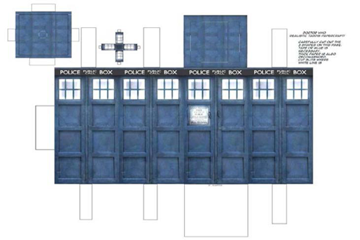Jan 22
20170
Art, Books, Chemistry, Science Fiction
comic DC Comics gold Iron IUPAC lead mercury Metal Men Mike Esposito platinum Robert Kanigher Ross Andru tin William Magnus
The Metal Men

When I was growing up reading comic books, I keenly remember the Metal Men. The DC comic was created by writer Robert Kanigher, penciller Ross Andru, and inker Mike Esposito and featured genius scientist Will Magnus and his six artificially intelligent androids.

The team leader was Gold, the muscle was Iron. There was hot-tempered Mercury, dim-witted Lead (he was dense, get it?), insecure Tin (the tin cry, science is so damn funny), and, the sole female in the team, lustrous Platinum. Platinum was in love with Dr. Magnus and thought she was a real woman (creepy, considering Dr. Magnus created her like that). Besides having personalities that matched their namesake elements, each android had abilities that also matched their names. For example, Iron was strong and Lead could shield against radiation. Mercury, being a liquid at room temperature, could pass through small openings. Gold, Platinum, and Tin were malleable and ductile.

To my delight, each one of their adventures was like a little chemistry lesson. Like when they battled with the sinister Gas Gang!

I remember the major thing that really irked me about the Metal Men was the choice of symbols on their chests. Instead of using the symbols found on the periodic table of elements, which are, ahem, the official symbols determined by the International Union of Pure and Applied Chemistry, the symbols that were chosen instead are alchemical symbols. And even then, only four of the six symbols are correct:
- Gold, okay (☉ is the symbol for the Sun)
- Mercury, okay (☿ is the symbol for, uh, Mercury)
- Iron, okay (♂ is for Mars)
- Tin, okay (♃ is for Jupiter)
- Lead, not okay (♄ is for Saturn, not L)
- Platinum, not okay (☽☉, not P)
The first five metals are associated with those seven classical “planets” that were visible to the naked eye, with only silver and copper not chosen for some reason. I am guessing that the letters L and P were used for Lead and Platinum, respectively, because they were much easier to draw and, in the case of Platinum, wouldn’t be confused with the symbol for Gold. Anyway, Platinum did not display her symbol on her curvaceous chest. I can only imagine how the use of ☽☉ would have worked out if she did.
If they had used the IUPAC symbols found on the periodic table, the symbols would have been:
- Gold (Au, from the Latin aurum)
- Mercury (Hg, from the Latin hydrargyrus or “water silver”)
- Iron (Fe, from the Latin ferrum)
- Tin (Sn, Latin stannum)
- Lead (Pb, Latin plumbum)
- Platinum (Pt, Spanish platina or “little silver”)





